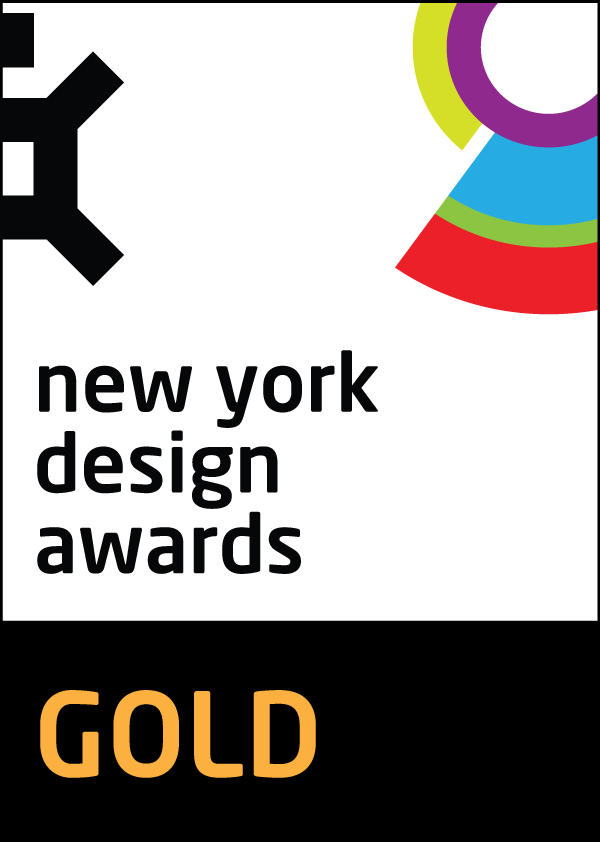Key Dates










Image Credit : Local Projects + James Medcraft

Project Commissioner
Project Creator
Project Overview
The Fashion for Good Experience is the world’s first interactive museum dedicated to sustainable fashion innovation, which includes three floors of exhibits and a next-generation retail space, in Amsterdam, the Netherlands. The Experience centers around an RFID bracelet that every visitor receives at the outset of their visit. Throughout their experience, they can check into stations where they commit to more sustainable personal behaviors when it comes to buying and maintaining apparel.
The three-story museum includes an Innovation Lounge where visitors can discover over 50 innovators who are about to disrupt the fashion industry, and innovative apparel like a Stella McCartney’s dress dyed by Colorifix using engineered microorganisms, and a garment made entirely out of mushroom fiber.
In its Good Shop on the first floor, Fashion for Good features curated product collections that are built around inspiring themes swapped out every few months, as well as action stations where visitors commit to climate action items via their RFID bracelet.
At the Design Studio, visitors can design their own circular T-shirt, rendered in real time using projection mapping, and print it on site to take home. Visitors can also take a selfie in the infinity mirror at the entrance of the museum, or take a kaleidoscopic selfie in the GIF booth in the Innovation Lounge, and send it to a visually-striking installation on the building’s facade to demonstrate their commitment towards good fashion.
Team
https://fashionforgood.com/thank-you-2/
Project Brief
Fashion is stuck in a pattern of ‘take-make-waste’, which causes devastating environmental impacts, not to mention huge economic losses. On average, we buy 60% more clothing than we did 15 years ago — but we keep each item only half as long. Plus, it is estimated that nearly 60% of all clothing produced ends up being burned or in landfills within one year of being made. It doesn’t need to be this way. The fashion industry can transform from the linear ‘take-make-waste’ model to a circular Good Fashion approach that is restorative and regenerative by design.
Fashion for Good approached our firm with a mission to not just re-educate consumers on more sustainable purchasing habits, but to actually get consumers to change their behavior. How could we create that shift in perspective to give consumers a feeling of personal responsibility and agency to create a more sustainable future?
Project Need
Our solution to the challenge of changing consumer behavior to more sustainable practices goes into action the moment visitors enter the Fashion for Good Experience. Every visitor gets an RFID-bracelet they can use to collect badges that represent practical actions. Those actions turn into a Good Fashion Action Plan that visitors can take home to help them become more conscious fashion customers. The engagement continues as guests can stay connected to the Fashion for Good Movement through special programming, digital campaigns, and workshops being organized by Fashion for Good.
User Experience
Fashion for Good faced several challenges in its development, the most central of which is the same question facing any group interested in helping combat climate change: how can we provoke individuals to take personal responsibility for more sustainable habits? We knew we had to strike a balance by not overwhelming visitors with too much information, and to make sustainable fashion appear more glamorous and still remain approachable in order to invite visitors to being a part of the industry change. In addition, we developed our own sustainability standards for the entire production buildout of the space to which we closely adhered.
Sustainability
When creating the Fashion for Good Experience, we thoroughly assessed everything you see (as well as what’s behind-the-scenes) against our sustainability criteria. We sought materials that are cleaner and safer than conventional alternatives and designed for more than one use — like our Action Bracelets, which contain recycled plastic, and our yarn installations, which use regenerated nylon collected from landfills and oceans. Products in the Good Shop are carefully selected and assessed against Fashion for Good’s sustainability guidelines. These guidelines are built around the Five Goods: Materials, Water, Energy, Economy and Lives, which were co-developed with William McDonough and inspired by the Cradle to Cradle® approach. Additionally, social and environmental criteria were integrated into the assessment.
Throughout our building, we are conscious of our consumption and sourcing practices. Our coworking and meeting spaces contain a mix of found, secondhand and rental furniture to showcase different procurement models that contribute to a circular economy. Where possible, we rely on natural sunlight to cut back on our lighting and electricity usage. Our carpet tiles are Cradle to Cradle Certified™ and were designed through a collaboration between Shaw Contract and Fashion for Good cofounder William McDonough. The phone booths in our coworking space are made from Cradle to Cradle Certified™ gypsum board, contain renewable wool felt accents and are enclosed with recyclable steel and glass doors. The wall paint used in our coworking and meeting spaces is Graphenstone Ecosphere Premium, which is Cradle to Cradle Certified™ GOLD.
Event Experience
This award celebrates creative and innovative design for a business event. Consideration given to originality, creativity; theming; audience connection and engagement and how the event created a seamless experience for the visitor and helped to reinforce the program's core message
More Details

